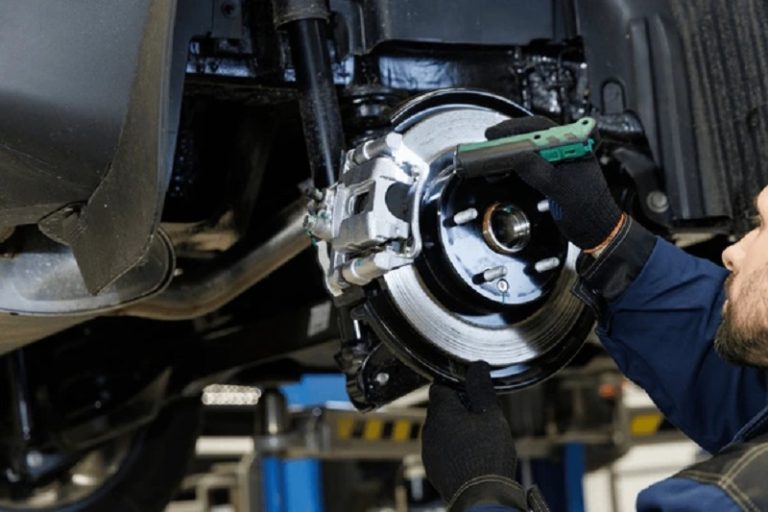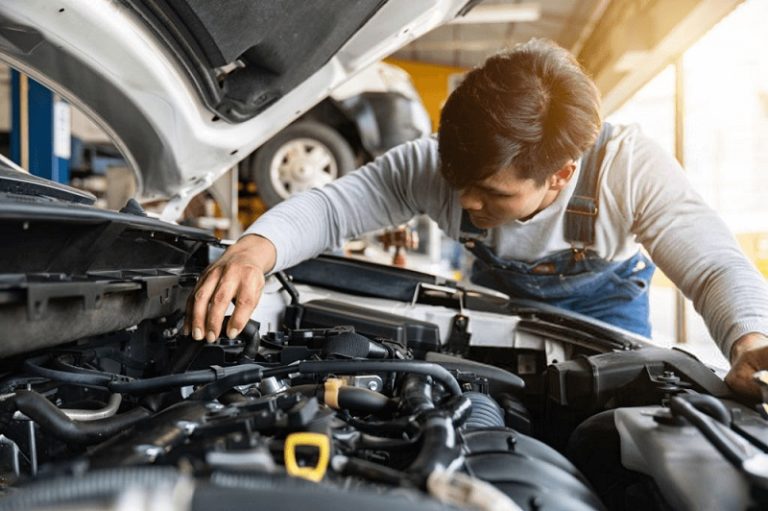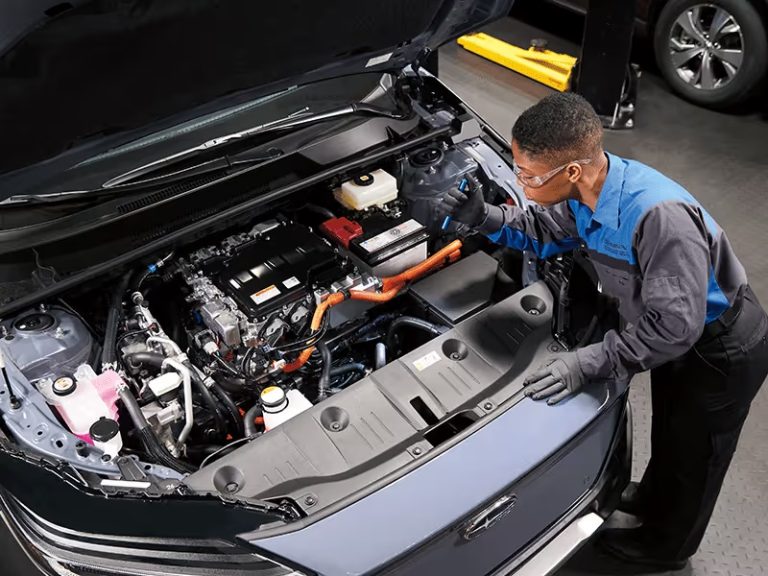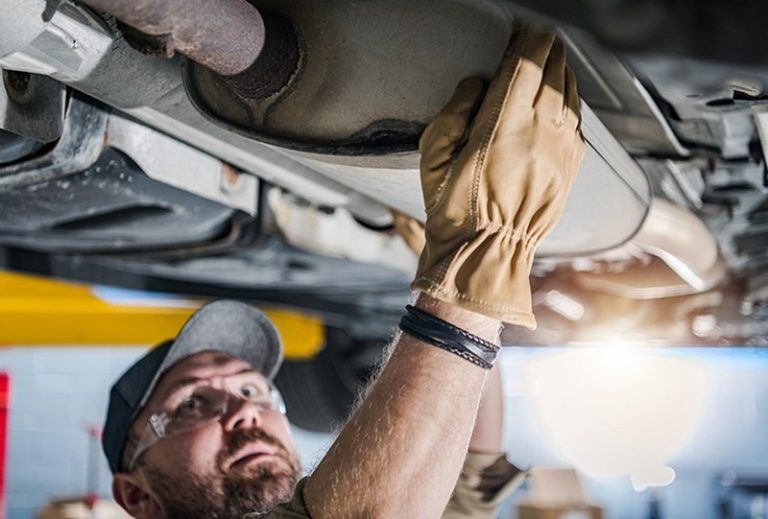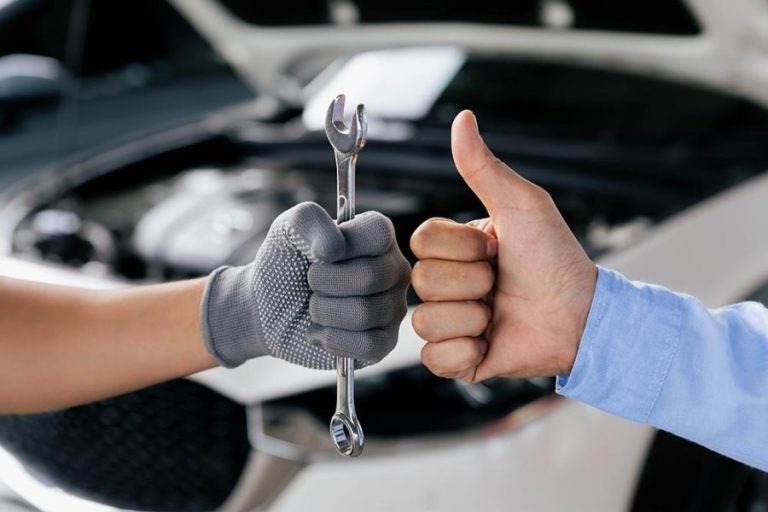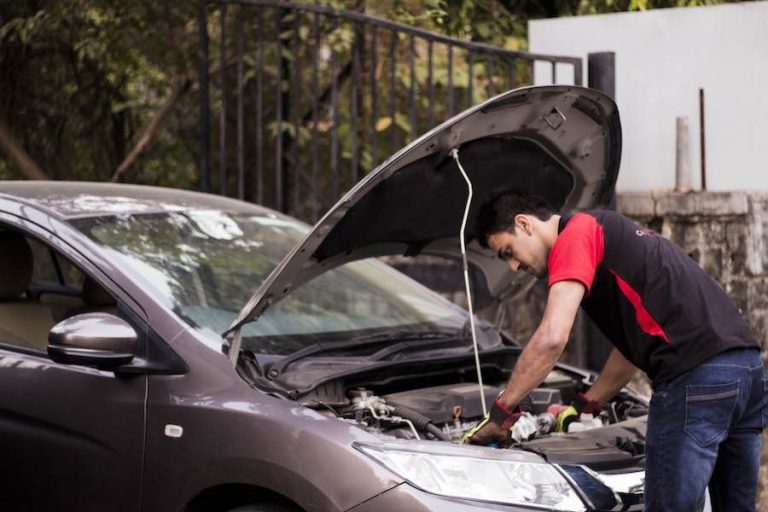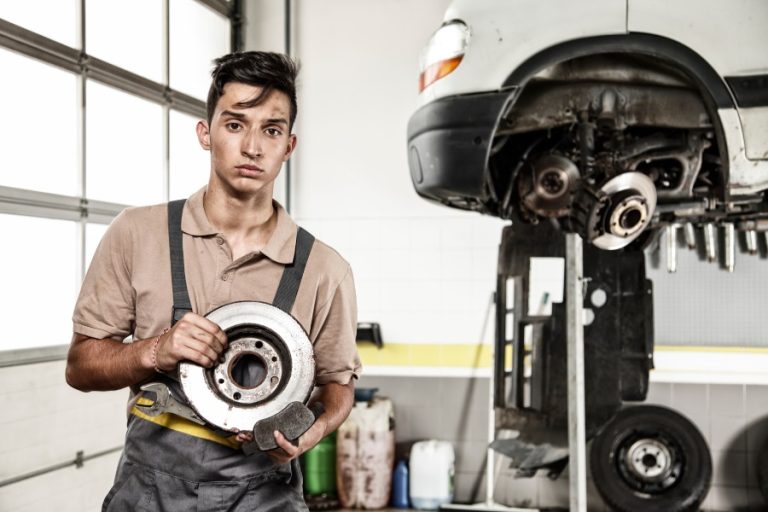Fender liners, also known as inner fender shields or wheel well liners, are plastic or rubber components that sit inside the wheel wells of your car. They are designed to cover and protect the area between the car’s body and the wheel. These liners serve as barriers between road debris, dirt, water, and sensitive engine components. Positioned directly behind the wheel arches, fender liners play an essential role in maintaining the integrity of your vehicle’s engine bay and other critical parts under the hood.
Protection from Road Debris
As you drive, your tires pick up and fling rocks, dirt, and other debris toward the undercarriage and engine bay. Without the protection of fender liners, this debris could damage engine components, belts, and hoses. Fender liners act as a shield, preventing dirt and small rocks from reaching these sensitive areas. By keeping the engine bay clean and free from potential contaminants, the liners contribute to the longevity of your vehicle’s parts and reduce the likelihood of costly repairs.
Guarding Against Water and Salt Exposure
In addition to debris, water, and road salts from rain, snow, or slush can also wreak havoc on your engine bay. Excessive exposure to moisture and salt can cause rust and corrosion, especially on metal components like the engine frame, battery, and other critical parts. Fender liners help mitigate this risk by diverting water and preventing it from splashing directly onto vital components. During the winter months, when salt is used on roads to prevent ice buildup, fender liners are especially important in safeguarding your vehicle from the harmful effects of salt exposure.
Enhancing Engine Performance and Cooling
Another crucial function of fender liners is assisting in the airflow to the engine. Proper airflow helps maintain the optimal operating temperature of the engine and prevents overheating. Some fender liners are specifically designed with vents or channels that guide airflow toward the engine, helping to cool the engine components more efficiently. By keeping the engine cool, fender liners help improve performance, fuel efficiency, and overall engine health. A perfect choice with the Auto Repair in Clearfield, UT based service would be quite an option here.
Easy to Replace and Maintain
Fender liners are relatively low-maintenance but can become worn or damaged over time due to exposure to road conditions and harsh weather. Cracks, tears, or detachment of fender liners can reduce their effectiveness in protecting the engine bay. Fortunately, they are usually easy to replace and can be found at most auto parts stores. Regularly checking the condition of your fender liners ensures that they continue to serve their protective function, maintaining the cleanliness and health of your engine bay.
In conclusion, fender liners play a vital role in protecting your vehicle’s engine bay from debris, moisture, and salt, all of which can cause long-term damage. They also help optimize airflow for cooling, ensuring your engine operates at peak performance. Regular maintenance and replacement of these liners can help preserve your vehicle’s engine health and prevent costly repairs, making them a small but essential part of your car’s overall maintenance routine.

